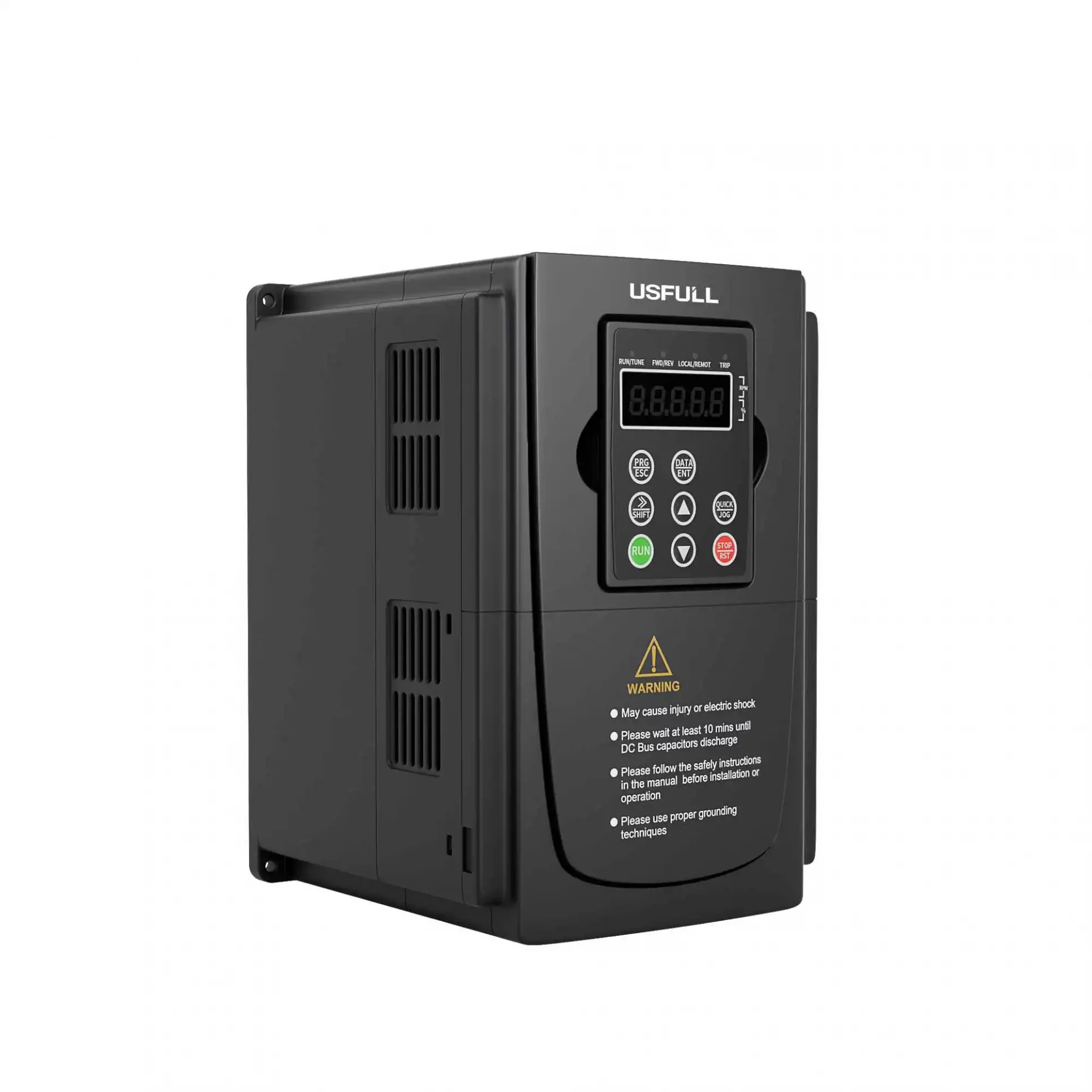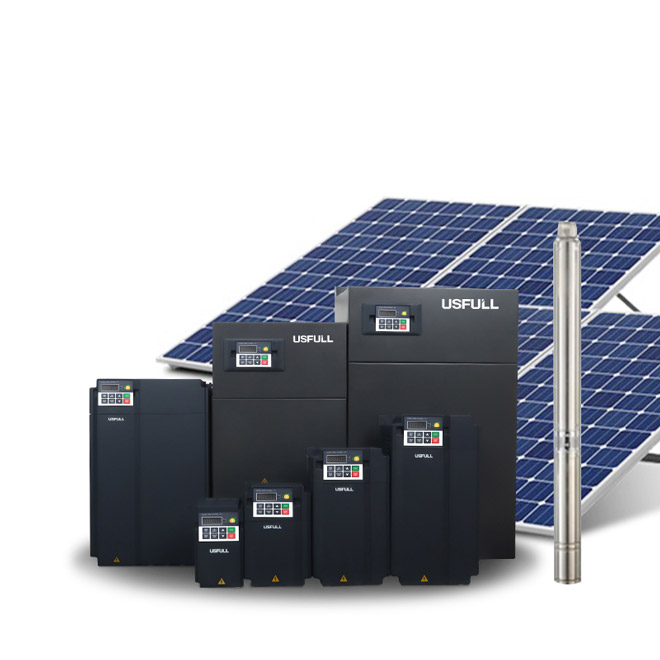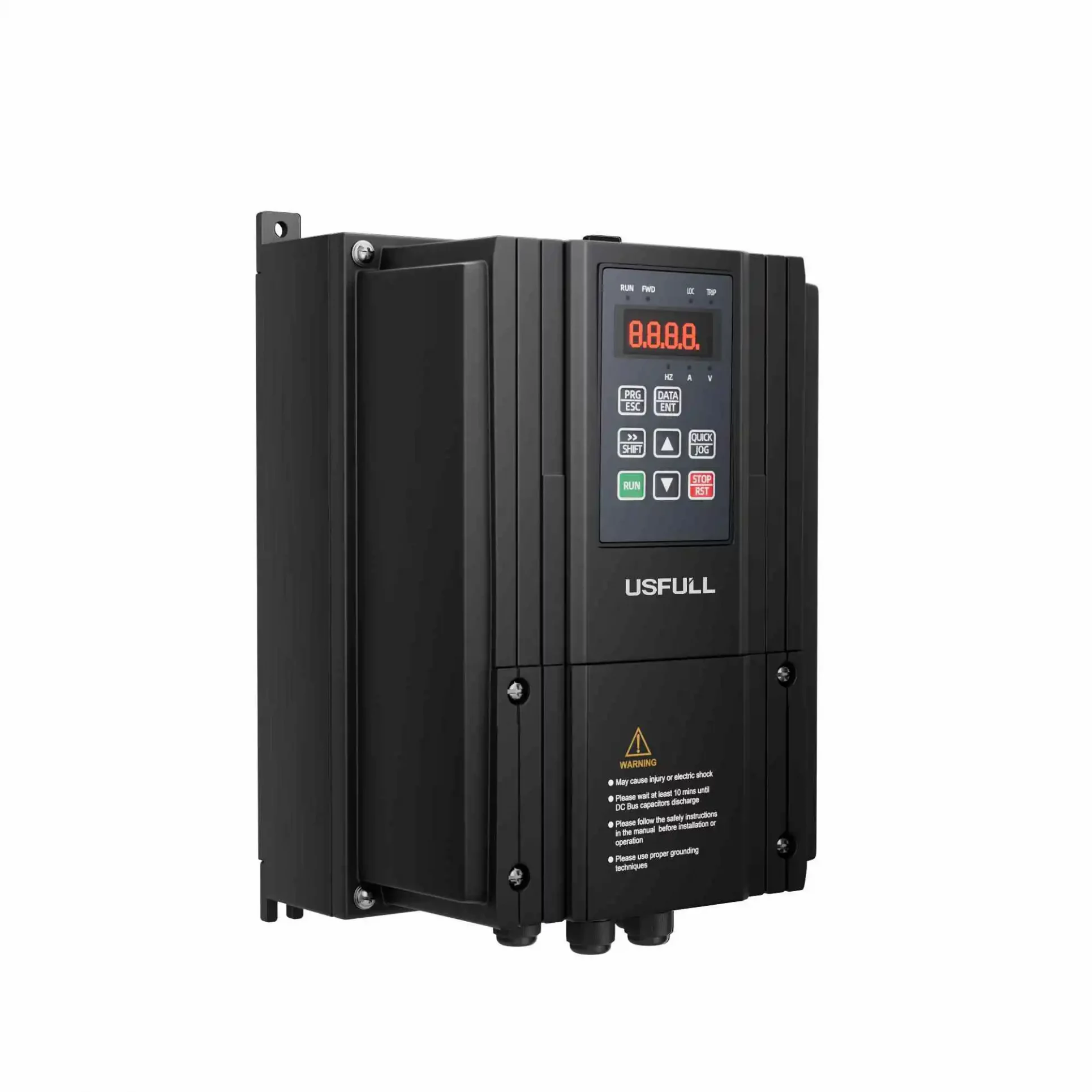It’s the type of question that brought solar energy from an obscure experiment to a feasible source of electricity that powers millions of homes around the world.
Solar farms are power-plant-scale versions of this concept.
They can be built in the middle of a desert where the sun is incredibly powerful and cloudy days are rare. The panels can even pivot automatically to follow the sun’s path across the sky.
After the panels attract as much energy as they can, the energy is transported to nearby cities. There’s a solar farm in Austin, Texas, that produces enough power for 5,000 homes and offsets over 1 billion pounds of carbon dioxide emissions.
Oh and, yes, solar panels can still collect energy on cloudy days. They’re just not as efficient about it.
That’s because clouds don’t block all the sunlight, just some of it. If you walk outside on a cloudy day and can still see, that’s because there’s still sunlight, even if it’s a bit more muted than usual.
That’s where storage and the grid comes in. Energy companies rely on the grid to offset any dip in production they might experience on a cloudy day.
“All of the reputable solar panel producers calculate out that it takes 20 to 30 years of weather data based on region,” Whitson said. “So they can predict how much sun you’re going to get throughout the course of a year. Most predictions are taking into consideration that it’s not going to be sunny every day.”
Also, as previously mentioned, efficiency is one of the key things scientists are constantly trying to improve about solar panels.




